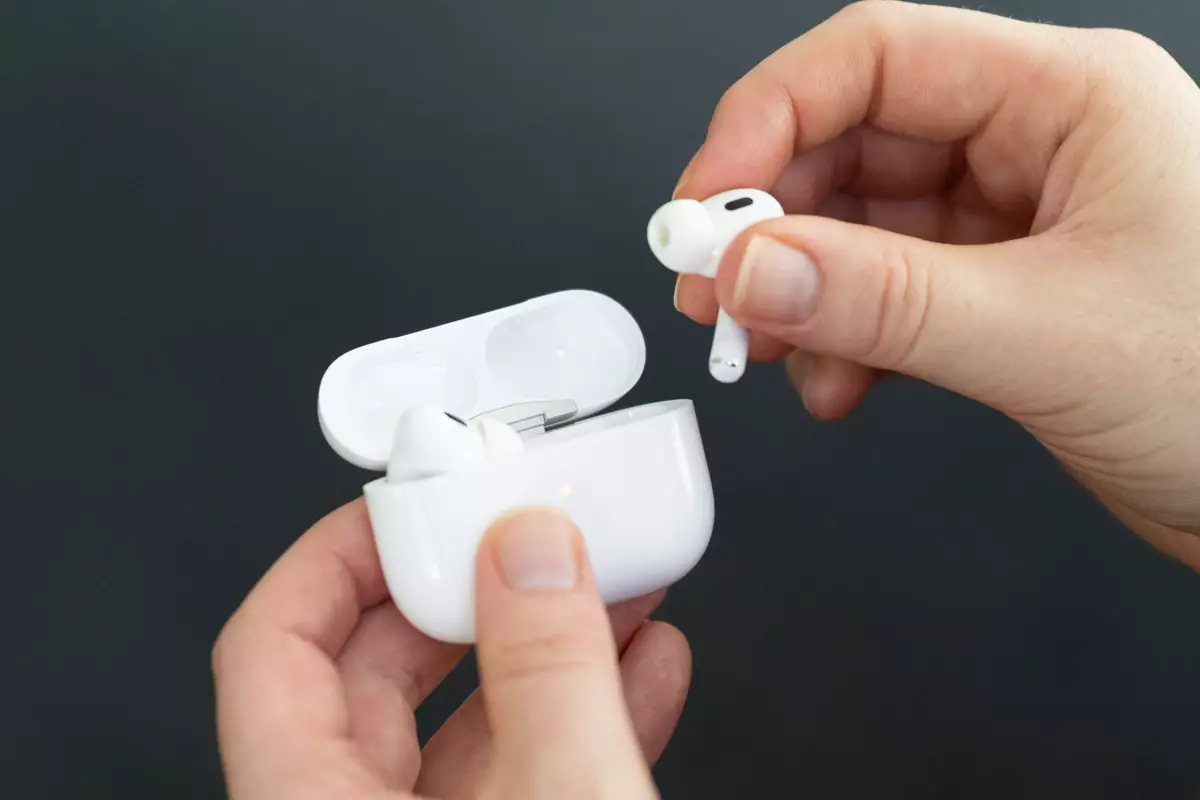At the recent “Glowtime” event, Apple’s unveiling of the iPhone 16 generated considerable buzz, yet a seemingly secondary announcement has the potential to revolutionize hearing support technology. The company introduced a significant software update for its AirPods Pro 2, transforming these premium earbuds into over-the-counter hearing aids—pending necessary approvals. This move reflects not just innovation in technology, but a strategic pivot towards improving public health accessibility, particularly for those experiencing mild to moderate hearing loss.
The announcement was buoyed by the U.S. Food and Drug Administration’s (FDA) recent decision to grant approval for the first over-the-counter software hearing aid device. This transformative step aligns with the FDA’s ongoing efforts to make audiological support more accessible. As highlighted by Michelle Tarver of the FDA, the significance of this development extends beyond the realm of technology; it directly addresses a pressing public health concern faced by millions of Americans suffering from hearing impairment.
By enabling AirPods Pro 2 as a hearing aid, Apple has strategically positioned itself within a newly emerging market fueled by the FDA’s 2022 initiative allowing prescription-free sales of hearing aids. This initiative has already sparked a revolution, leading to the development of user-friendly and affordable hearing devices that are readily available, thus fostering a culture of accessibility.
The innovative hearing aid function will debut within the iOS 18 settings, providing users with a seamless integration into their existing audio technology. By connecting their AirPods Pro 2, users can conduct hearing tests that accurately gauge their hearing capabilities. For those diagnosed with mild to moderate hearing loss, the earbuds will automatically recalibrate their sound frequencies, enhancing critical audio cues such as speech—an essential feature for maintaining communication in daily life.
Moreover, for users with previous audiology assessments, the option to upload results directly from healthcare professionals ensures a personalized experience. This dual accessibility approach caters both to tech-savvy individuals and those who may require more structured support from traditional healthcare channels.
Apple’s foray into the hearing aid landscape underscores a broader trend in consumer electronics: the convergence of technology and healthcare. As the lines blur between personal gadgets and medical devices, companies like Apple may redefine how we think about our healthcare options. This evolution serves not only to enhance the functionality of popular consumer products but also to mitigate the stigma surrounding hearing loss.
With this initiative, Apple is not merely selling a product; it is championing a cause. The development could lead to increased awareness about hearing loss, encouraging more individuals to seek the support they may need without the barriers traditionally associated with obtaining hearing aids.
While the iPhone 16 may have been the star of the show, the revelation surrounding AirPods Pro 2 promises a profound influence on hearing health, positioning Apple at the forefront of a critical public health initiative. By embracing technology-driven solutions, Apple is set to impact many lives positively, fostering a more inclusive society for individuals with hearing challenges.

